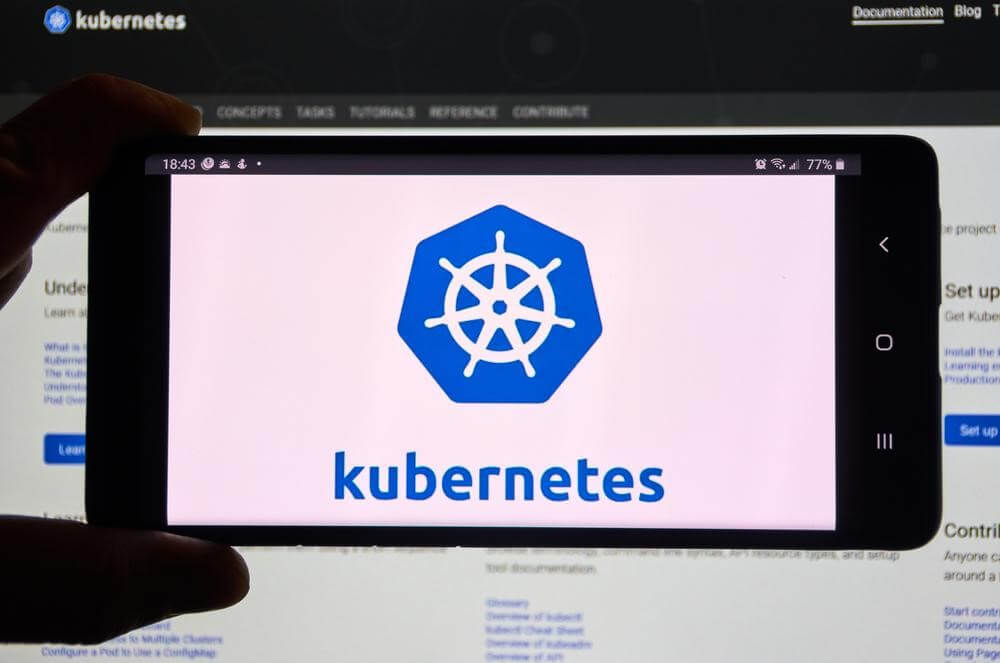What Are The Top 5 Kubernetes Tips And Tricks Of 2020?
What Are The Top 5 Kubernetes Tips And Tricks Of 2020?
Organizations that are planning to roll-out an enterprise-grade application could get the best from Kubernetes — a trusted container management tool. So, here in this article, we’ve curated a mini-guide on making the most of Kubernetes.
Let us have a look at what are the top 5 kubernetes tips and tricks of 2020 as mentioned below –
1. Define the Deployment Resources –
The Kubernetes tool orchestrates the containers at scale, and the heart of the mechanism is the effective podes scheduling into the nodes. You can significantly help the schedule of Kubernetes to improve its overall performance by specifying the resource constraints. So, in simple words, define the resource and limit resources such as memory and CPU.
Define all the resource requirements during the deployment; this will allow the Kubernetes to allocate the resources to each node, and ultimately will improve the runtime performance. This further will help in Kubernetes’ monitoring of hassle-free functioning.
Also Read – Why Drupal 8 Is The Best Technology For New Website?
2. Deployment of Clusters Must Be Closer to the Customers –
The cluster nodes’ geographical location is related to the latency that your customer will experience. For instance, nodes hosted in Asia will have considerably lower latencies and faster DNS resolution times for the people in this specific region. However, each provider has its limitation when it comes to zones.
3. Choose Better Persistent Kubernetes Storage –
Just like there are various types of CPUs and memory chips, there are different persistent storage hardware. For example, NVMe SSDs are best for handling heavy workloads, and SSDs have improved write/read performance. There is a manifold of persistent storage available to Kubernetes Backup.
Generally, we all will agree, the better the hardware, the better performance you get. But, this is not always true as when you upgrade from SSD to NVMe SSD, there will be a slight improvement in the read/write operations, but don’t expect a dramatic change in the network latency.
4. Build Optimized Images –
Typically, it is advisable to use optimized container images so that Kubernetes can pull them out faster and run more efficiently. What do we mean by optimized:-
- One container per application or doing one thing.
- The images need to be small because the bigger pictures are not portable.
- There must be endpoints for the check so that Kubernetes know what action to take during the downtime.
- Opt for a container-friendly OS, such as Alpine or CoreOS, to have greater resistance against multiconfigurational.
There are so many Kubernetes tools that let you efficiently scan and optimize the images.
5. Obtain Kubernetes Feedback From Metrics –
You might not want to count this as a Kubernetes tip, but you don’t want to wait for customers to tell that your Kubernetes is performing poorly, then this tip is quite important. This is a place where you can obtain genuine and trustworthy feedback on the system performance that is quantitative, proactive, and private.
Compared to the logs, the metrics are generated for a specific event, it tells the overall performance of your Kubernetes-managed system. You can also set alerts if the performance degrades, so you can effectively take action to resolve it right away.
Conclusion –
So, from the above, you probably have got an idea of how many knobs to tune to boost Kubernetes cluster performance. Therefore, it is recommended to trust a specialist to automate the optimization of Kubernetes cluster management, along with more agile processes, more stable applications, improved productivity, and so on.
Make sure they have the expertise of using different products and tools to strengthen your Kubernetes cluster network performance.
Also Read – Top 5 Technology Trends To Follow In 2020





